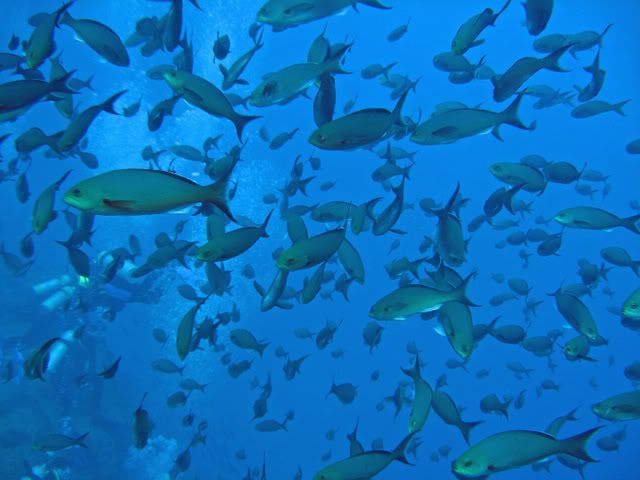bamamedic
Contributor
- Messages
- 1,251
- Reaction score
- 8
- # of dives
- 200 - 499
I wonder how many new divers get freaked out when the real world of high visibility shallow depth Caribbean vacation diving does not match up with the theory of perfect always-in-arm-reach buddy system? Is it better to teach:
1) There are different risk levels in various types of diving thus various levels of buddy separation are acceptable and you need to learn the difference.
or
2) That the perfect in-arm-reach buddy system must always be maintained.
My problem with number 2 is the real world may show that does not happen and students may grow to disregard even when conditions do require the highest level of buddy discipline.
I discussed this topic with various professional divers and instructors, while many said they teach #2 they also said the real world is more #1.
I think it's really just a matter of either diving with good buddies, or interviewing instabuddies as to what your expectations are before the dive. For the types of diving I do (most definitely not shallow-water-perfect-visibility-Carribean diving), I keep my buddy within a couple of fin kicks. If you can't reach your buddy in case of emergency, there's no point in having a buddy in the first place.
If you really think about it, having your buddy close is at least as important in awesome visibility as it is in poor visibility. In poor vis, you've usually got lights to signal your buddy with, but in clear vis, there's no easy and quick way to signal your buddy that you have a problem. Nothing sucks worse than not being able to breathe, and trying to warp-speed-kick up to a buddy whose completely oblivious to your problem and still swimming away from ya.
It's not like you have to be elbow-to-elbow close, but definitely close enough to be at your buddy's side within 2 or 3 fin kicks.





